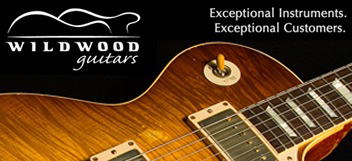Sea Bass
New member
- Joined
- Feb 19, 2004
- Messages
- 555
Hey, my friend has a 1988 V90 Flying V.We want some info on it.
I've done a search about it and all I can find is that a user, snakecharmer, owns one.That's about it.
Is there any info on how many were made or specifications, anything ya'll may have?
I'm pretty knowledgable about LPs, but when it comes to Vs and everything else Gibson, I'm pretty lost.Any help would be GREATLY appreciated.
Years they were built, woods used, options, and anything else.Here's some pics he provided me.




EDIT: The serial is:
83008708
I've done a search about it and all I can find is that a user, snakecharmer, owns one.That's about it.
Is there any info on how many were made or specifications, anything ya'll may have?
I'm pretty knowledgable about LPs, but when it comes to Vs and everything else Gibson, I'm pretty lost.Any help would be GREATLY appreciated.
Years they were built, woods used, options, and anything else.Here's some pics he provided me.




EDIT: The serial is:
83008708




